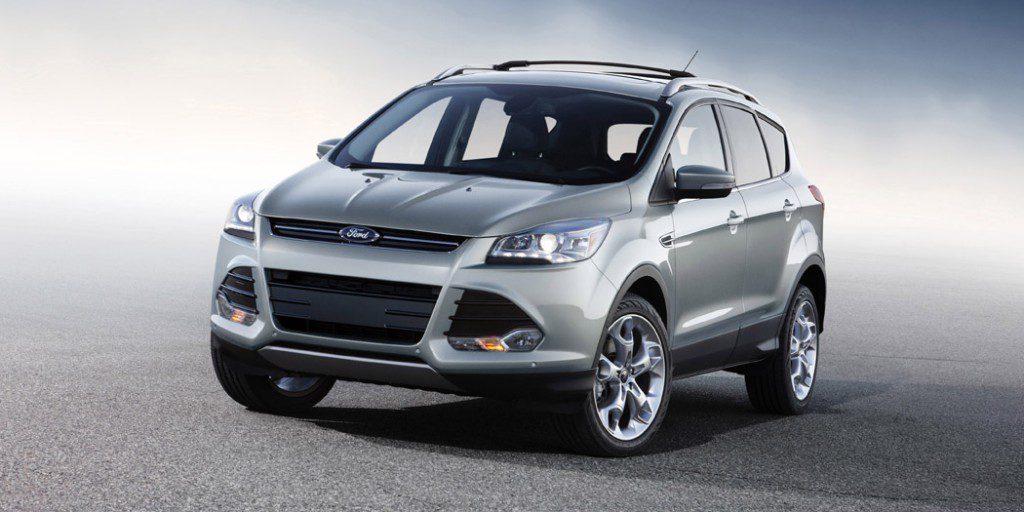| Compact SUV; Built in |
|
|
| Good condition price range: $13,700 – $25,300* |

2014 Ford Escape

2014 Ford Escape

2014 Ford Escape
| Pros: |
|
| Cons: |
|
The redesigned for 2013 Ford Escape is dramatically different than the vehicle it replaces. This compact sport utility is smooth, refined, and quite engaging to drive. The new 1.6-liter EcoBoost engine that’s standard on SE and SEL models is very refined and powerful enough to please most shoppers. The 2.0-liter EcoBoost that’s optional on SE and SEL and standard on the range-topping Titanium is substantially stronger and makes Escape quite quick. Interiors are comfortable and nicely finished, and cargo capacity is good. Much less impressive is the MyFord Touch control interface that’s hard to use and frequently suffers from crippling software bugs. If MyFord Touch isn’t a deal breaker (please try before you buy), stick with a modestly equipped Escape SE with the 1.6-liter engine. It hits to sweet spot for performance, features, and dollar value, as SEL and Titanium models can get quite pricey.
Overview
As Ford’s smallest SUV, the compact Escape was positioned below the Edge in the Ford family. Escape debuted as a 2001 model and received its last major update for 2008. Modified, retrimmed versions of the Escape were sold as the Mercury Mariner and Mazda Tribute. Both have been discontinued.
Ford built the Escape at the company’s Louisville, Kentucky, assembly plant.
The Ford Escape was completely redesigned for 2013. Ford’s entry-level SUV gained updated styling, new engines, and new features. It seated up to 5 passengers and was offered with front-wheel drive or all-wheel drive.
The Escape S came standard with a 2.5-liter 4-cylinder engine. It was rated at 168 horsepower. SE and SEL models came standard with Ford’s 1.6-liter “EcoBoost” 4-cylinder engine. This turbocharged powerplant was rated at 173 horsepower on regular-grade gas and 178 on premium. Standard on Titanium and optional on SE and SEL was a 2.0-liter EcoBoost 4-cylinder. It was rated at 231 horsepower on regular-grade gas and 240 on premium. Regardless of engine, all Escapes came with a 6-speed automatic transmission. Escape S models were front-drive only. All other Escapes were available with front- or all-wheel-drive.
The Escape came standard with all expected and federally mandated safety features. Other available safety features included front- and rear-obstacle detection, rearview camera, blind-spot alert, and cross-traffic alert.
Yearly Updates
| 2013 Escape There were few changes to the 2014 Escape. |
